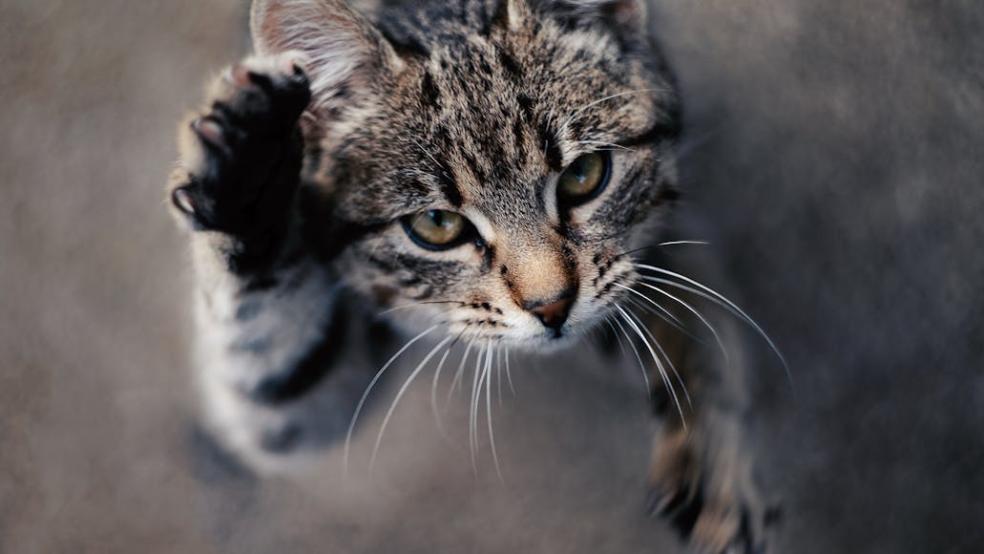
The Basics of Training Your Cat
Turn Your Independent Feline into a Well-Behaved Companion
Cats are often stereotyped as untrainable compared to their canine counterparts. But don’t let their independent streak fool you—cats are highly intelligent, observant, and very capable of learning behaviors that improve their quality of life (and yours). The key lies in understanding what motivates them and practicing patient, positive reinforcement techniques.
In this post, we’ll break down the foundational areas of cat training—from crate comfort to basic commands, including the all-important recall training. Whether you're starting with a kitten or adult cat, this guide will help you create a more cooperative and confident feline companion.
Why Bother Training a Cat?
You might think, "Isn't training for dogs?" Actually, training your cat has several practical and emotional benefits:
- Improved communication: Clear signals and consistent routines reduce confusion and anxiety.
- Fewer behavior problems: Trained cats are less likely to exhibit destructive habits like scratching furniture or refusing the litter box.
- Better vet and travel experiences: A crate-trained, well-handled cat will handle vet visits and trips with less stress.
- Deeper bonding: Working together to learn builds trust and strengthens your relationship.
1. Litter Box Training
Set Up for Success
Litter box use is one of the first and most important habits to teach, and thankfully, most cats take to it naturally. However, issues can arise due to stress, poor setup, or health concerns.
How to Train:
- Choose the right box: Ensure it's large enough for your cat to comfortably turn around in, with low sides for easy access—especially for kittens or senior cats.
- Right number of boxes: Have one more box than the number of cats (i.e., 2 cats = 3 boxes), placed in quiet but accessible areas.
- Keep it clean: Scoop at least once a day and do a full litter change weekly.
- Use the right litter: Most cats prefer unscented, clumping litter.
- Positive reinforcement: Praise your cat or offer a treat after using the box (especially helpful with kittens or retraining efforts).
If your cat suddenly stops using the litter box, consult your vet—this could be a sign of a medical issue.
2. Crate (Carrier) Training
Make the Crate a Comfort Zone, Not a Trap
Cats often associate the carrier with stress, especially if it only comes out before a vet visit. But crate training can change that perception and make travel or emergencies much smoother. Recently, I found a fantastic guide from Trained to Purrfection on how to crate train your cat.
Step-by-Step Crate Training:
- Choose the right carrier: Look for a top-loading model with good ventilation. A hard shell is ideal for safety.
- Make it inviting: Keep the carrier out like a piece of furniture. Add soft bedding, treats, and toys inside.
- Encourage exploration: Let your cat enter at their own pace. Don’t force it.
- Feed meals near or inside: Food creates a positive association.
- Close the door briefly: Once your cat is comfortable, start closing the door for short periods while inside. Gradually increase the time.
- Practice car rides: Start with short trips around the block to get them used to motion and sounds.
Bonus Tip:
Spray a calming pheromone (like Feliway) in the carrier before travel to reduce stress.
3. Cat Recall Training (Come When Called)
The Ultimate Safety and Bonding Tool
Teaching your cat to come when called isn't just a party trick—it can be life-saving if they escape outside or need to be brought inside quickly.
How to Teach Recall:
- Pick a consistent cue: Use their name or a unique sound (like a tongue click or bell).
- Associate it with rewards: Say the cue, then offer their favorite treat or toy when they come. Repeat this multiple times daily.
- Start in low-distraction areas: Practice in a quiet room before moving to other areas of the house.
- Reward every success: Even partial progress (walking toward you) deserves a reward at first.
- Don’t use the cue for negative things: Never call your cat to give medicine or end play—this breaks trust.
With time, your cat will associate coming to you with positive experiences. Some cats will even come running from another room at the sound of a treat bag or their name!
4. Basic Commands and Enrichment
Engage Their Mind, Not Just Their Body
Believe it or not, cats can learn basic commands much like dogs. This type of training is also great for mental stimulation and keeping your cat sharp, especially for indoor cats who need extra enrichment.
Easy Commands to Start With:
- “Sit” – Use a treat to guide their nose upward until they sit naturally, then reward.
- “High Five” or “Paw” – Gently tap their paw and reward when they lift it.
- “Touch” – Teach your cat to touch a target (like your hand or a stick) with their nose.
- “Stay” or “Wait” – Useful for keeping your cat in one spot during feeding or grooming.
Keep sessions short (5–10 minutes) and use high-value treats like freeze-dried chicken or tuna flakes. Clicker training can be very effective for reinforcing desired behaviors.
5. Discouraging Unwanted Behaviors
Redirection Beats Punishment Every Time
Instead of punishing your cat for behaviors like scratching furniture or jumping on counters, aim to understand the “why” behind them—and offer a better alternative.
Common Issues & Fixes:
-
Scratching furniture
Provide vertical and horizontal scratchers nearby. Sprinkle catnip to encourage use. -
Counter surfing
Use motion-activated deterrents or double-sided tape. Reward “four on the floor” instead. -
Chewing cords or plants
Use cord covers, provide safe chew toys, and avoid toxic houseplants.
Never yell or spray water—it only creates fear and confusion. Positive reinforcement and consistency are far more effective.
6. Socialization and Handling
Gently Get Your Cat Used to People and Touch
Socializing your cat—especially in kittenhood—can help them become confident, friendly, and comfortable with handling.
Handling Training:
- Touch their paws, ears, and tail regularly while giving treats.
- Practice brief, gentle restraint and gradually build up tolerance.
- Get them used to nail trims, brushing, and being picked up in short, positive sessions.
If your cat is fearful, take it slow. Use treats and patience to build trust.
7. Leash Training (Optional but Fun)
Explore the Outdoors Safely
Not all cats enjoy the outdoors, but for those that do, leash training can be enriching and stimulating.
Leash Training Basics:
- Use a cat-safe harness: Escape-proof models like H-style or figure-eight harnesses are best.
- Let them wear it indoors first: Supervise and reward them for calm behavior.
- Add the leash later: Let them drag it around while supervised to get used to the feel.
- Start outside slowly: Choose quiet areas like backyards or patios for the first few outings.
Always supervise your cat outdoors—even on a leash. The goal is confidence, not stress.
Final Thoughts: Train at Their Pace
Training your cat doesn’t mean turning them into a furry robot—it’s about making life together easier, safer, and more fun. By focusing on positive reinforcement, consistency, and patience, you’ll help your cat build confidence and trust in you.
Whether it’s mastering the litter box, coming when called, or just getting used to their crate, every bit of progress is a win. Start small, keep things upbeat, and celebrate each milestone. You’ll be amazed at how much your cat can learn—and how much closer the two of you will become in the process.







